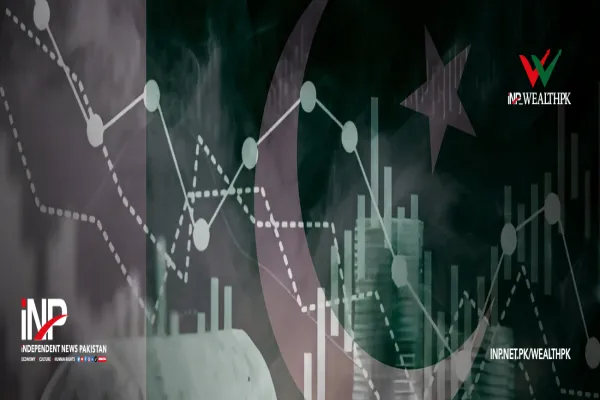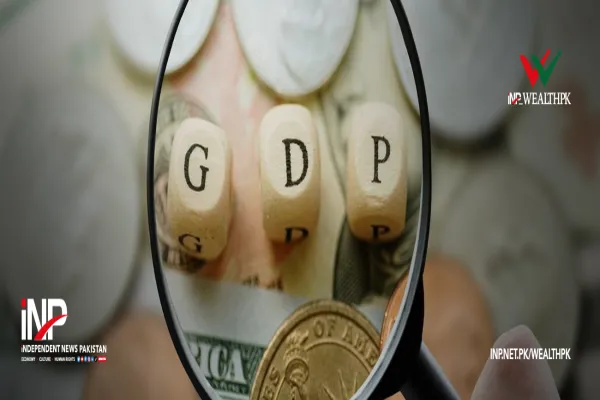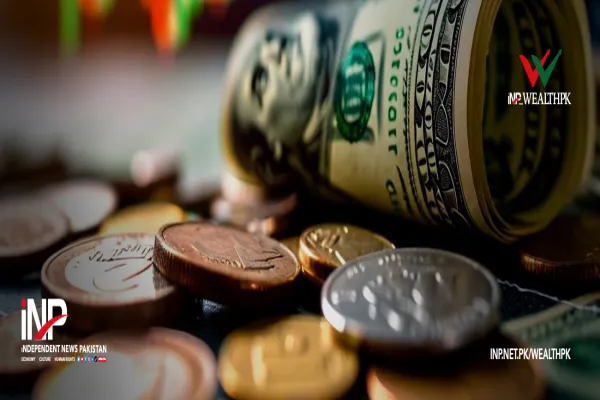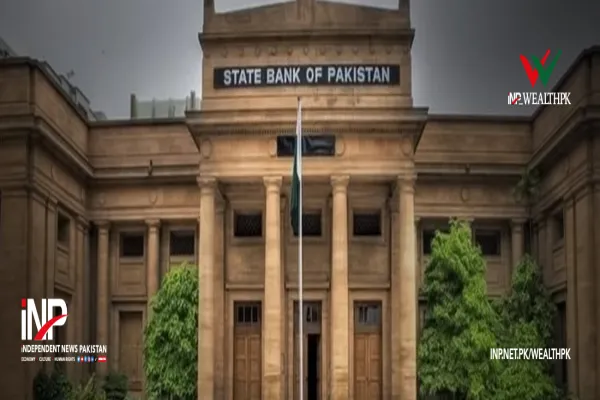i INP-WEALTHPK
Moaaz Manzoor
Pakistan’s private-sector credit (PSC) grew by a robust 17 percent year-on-year as of October 10, 2025, reflecting renewed business confidence and improving financial conditions across major sectors, the State Bank of Pakistan (SBP) said in its latest Monetary Policy Statement.
The Monetary Policy Committee (MPC) noted that the increase in credit demand was broad-based, driven by working capital, fixed investment and consumer financing. Borrowing was particularly strong in the textile, telecommunications, chemical, and wholesale and retail trade sectors, signalling that industrial and services activity had gained solid momentum during the first quarter of FY 2026.
The SBP said the pickup in credit was supported by continued economic recovery, stable interest rates, and better liquidity conditions in the banking system. “The expansion of private-sector credit demonstrates improved business sentiment and the positive effects of recent monetary easing,” the central bank observed.
According to the statement, broad money (M2) growth decelerated to 12.3 percent during the period, mainly due to a decline in the banking system’s net domestic assets. This moderation reflected both fiscal consolidation and reduced government borrowing, which in turn created more space for credit to the private sector.
The central bank noted that net budgetary borrowing remained contained as the government relied primarily on non-bank sources to finance its fiscal needs. This shift enabled banks to extend more lending to productive enterprises, supporting the ongoing revival of manufacturing and trade activities.
The SBP report showed that demand for working capital loans remained high as companies sought to replenish inventories and finance export orders. Fixed investment loans also picked up, particularly in energy-efficient equipment and industrial modernization projects. Consumer lending, which had slowed in the previous fiscal year, showed signs of recovery in auto and personal finance segments.
On the liabilities side, however, deposit growth decelerated, while the currency in circulation increased. The currency-to-deposit ratio rose to 37.6 percent, reflecting continued cash preference among households and businesses. “The elevated currency holdings have kept reserve money growth at a relatively high level,” the MPC said.
The central bank emphasized the importance of improving financial inclusion and deposit mobilization to enhance monetary transmission and support investment financing. It said that banks are being encouraged to expand their outreach through digital channels and small-business lending programs.
Despite the positive credit trends, the MPC cautioned that risks remain from global commodity volatility, potential energy price adjustments, and structural weaknesses in tax collection and productivity. “Sustaining credit growth requires macroeconomic stability and continued reform momentum,” the committee noted.
The SBP reaffirmed its commitment to maintaining adequate liquidity in the financial system while ensuring that credit expansion does not fuel inflationary pressures. “The balance between growth and stability remains the core objective of monetary policy,” the central bank said.

Credit: INP-WealthPk









